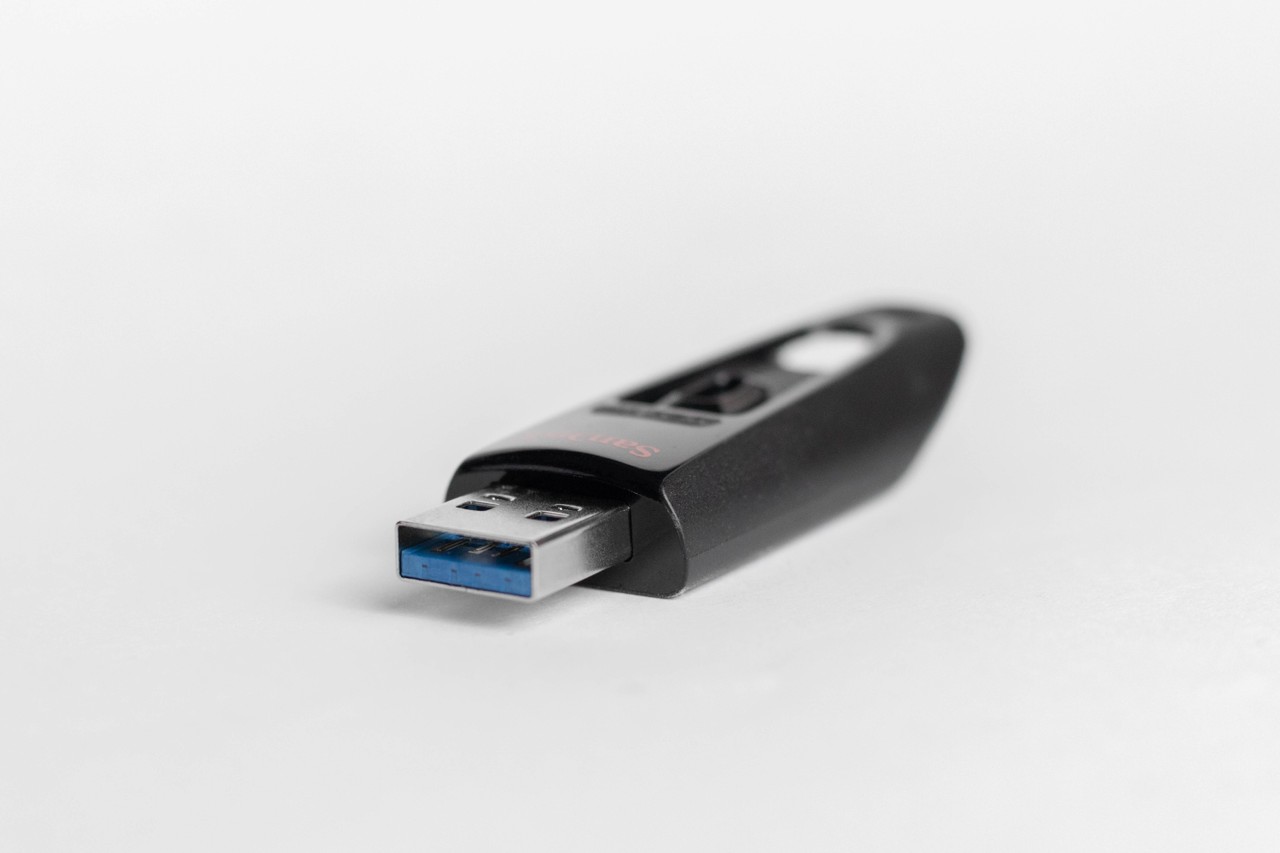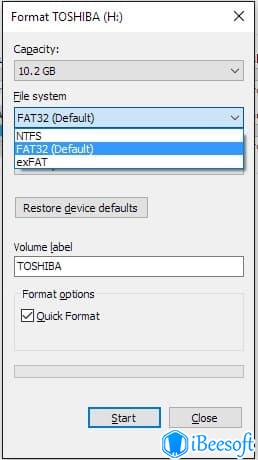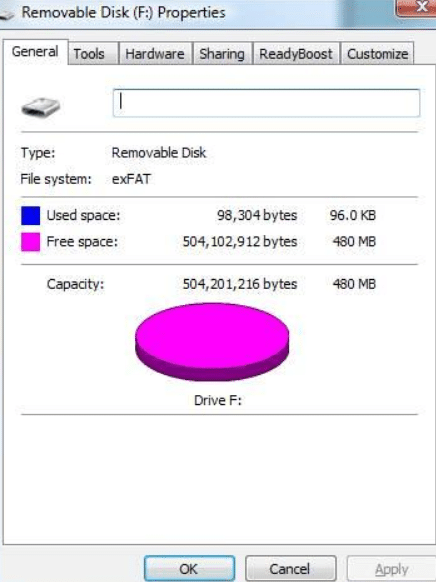

- Windows 10 format usb drive fat64 how to#
- Windows 10 format usb drive fat64 windows 10#
- Windows 10 format usb drive fat64 windows#
exFAT Differences and How to Format to.Therefore, in this article, I only focus on FAT vs FAT32. If you want to know the difference between FAT32 and NTFS, you can read this post: NTFS vs.
Windows 10 format usb drive fat64 windows#
If you’re interested, here is a great article that explains the difference between FAT32, exFAT and NTFS. When you create or format a drive smaller than 4GB, the Windows system will offer you 3 file system options: FAT, FAT32, and NTFS. Unfortunately, the largest file size was one byte less than 4GB, which is pretty small nowadays.

That is still large enough for most installations in 2016. In this way, you can change exFAT to FAT32 without data loss. FAT32 was a significant improvement over the older FAT file systems, allowing volume sizes up to 2TB (with a sector size of 512 bytes) and 16TB (with a sector size of 64KB). If you are working in a strictly Windows environment, you could also format your USB drive to NTFS, but exFAT is more compatible across platforms and is specifically optimized for flash drives. Since you are unable to convert exFAT to NTFS without data loss in Windows 10/8/7, the only way to do it to backup files to another drive and then format exFAT to FAT32. Warning! This will delete everything on the drive you are formatting, so make sure you have selected the correct drive and that you don’t have any critical data saved that you don’t want to lose. Before we tell you how to format your USB drive to the FAT32 file system, remember that the FAT32 doesn’t support files larger than 4GB.

Windows 10 format usb drive fat64 windows 10#
To format your USB flash drive with the exFAT file system: select the USB drive you want to format from your file explorer, right click and select “Format”, then in the format dialogue, choose exFAT under the File System drop down menu. As Windows 10 format utility doesn’t let you format USB drives larger than 32GB to the FAT32 file system, we need to either use the disk utility from the Command Prompt or use a third-party tool to format the USB drive to the FAT32 file system. To solve this problem, all you need to do is format your USB flash drive with the exFAT file system.ĮxFAT has no file size limitations and is compatible across most modern devices including both Windows and macOS (although there may be some compatibility issues with older devices). If you try to copy a file that is larger than 4GB to a USB flash drive with the default FAT32 file system, you will get an error saying that there is not enough space to copy the file (even if its say a 6GB file being copied onto a 64GB USB flash drive with lots of room to spare). The exFAT system is not as advanced as NTFS (it does not support file permissions and access control, for example), but it has more support on the non-Windows. While this is fine for day to day use, one key limitation of the FAT32 file system is that you cannot save individual files that are over 4GB in size.īack in 1995 when the FAT32 file system was introduced, this wasn’t much of a problem – nobody had 4GB files! However, with 4K video, longer HD videos or ProRes / DNxHD video clips, exceeding that 4GB file size limit isn’t too hard to do. Most USB flash drives (and memory cards) come pre-formatted with the FAT32 file system.


 0 kommentar(er)
0 kommentar(er)
